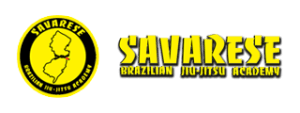Breaking balance in BJJ
Breaking balance in BJJ
Breaking balance in BJJ: People will tell you all the time about the power of body weight to create pressure from top position. What they often overlook is that you can use the opponents body weight against them from the bottom just as easily as he can use it against you from the top, if you can break his balance. From the top players perspective, their weight is both a blessing and curse. If they can maintain their balance, they can use their weight to immobilize, crush and fatigue you. If they can’t maintain their balance, their weight will make them stumble and extend themselves. The whole game then, becomes one of balance. As a bottom player if you regularly make an opponent stumble reach for the floor, half the game is won. The time immediately after a stumble, where an opponent tries desperately to regain his posture and position, is one of the most vulnerable. Attacks that normally seem very difficult suddenly become very easy. The surest sign that an attack on an opponents balance has been successful is his hips or hands involuntarily touching the mat. Practice knocking an opponent down to hips and hands as often as you can. That is something we teach often here at Savarese BJJ Academy (www.njbjj.com)

